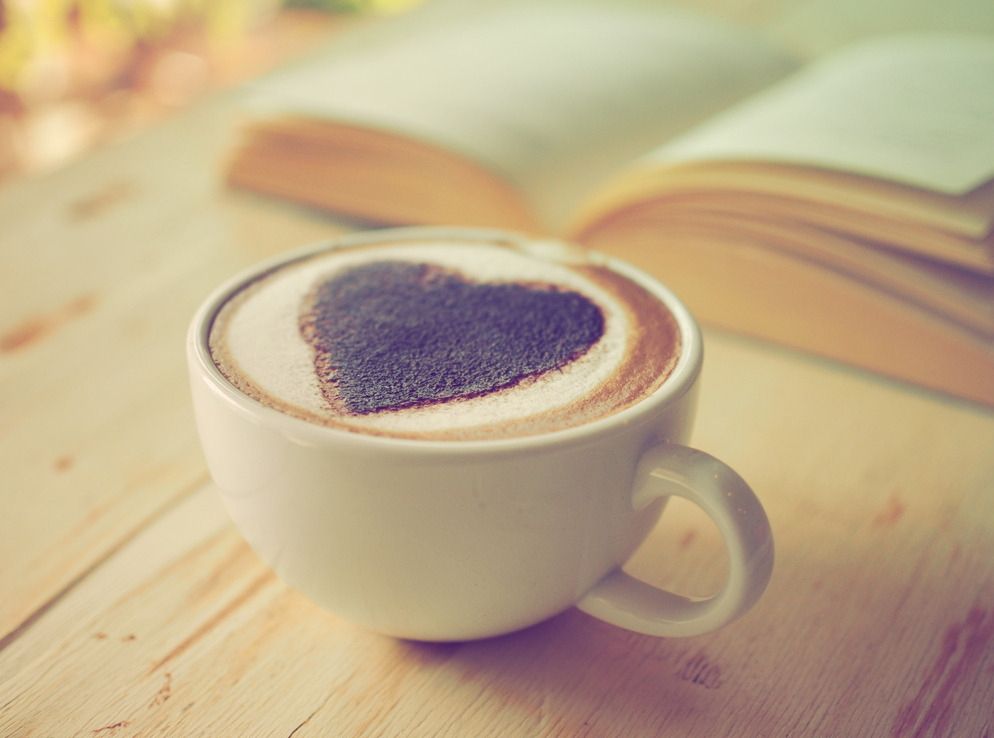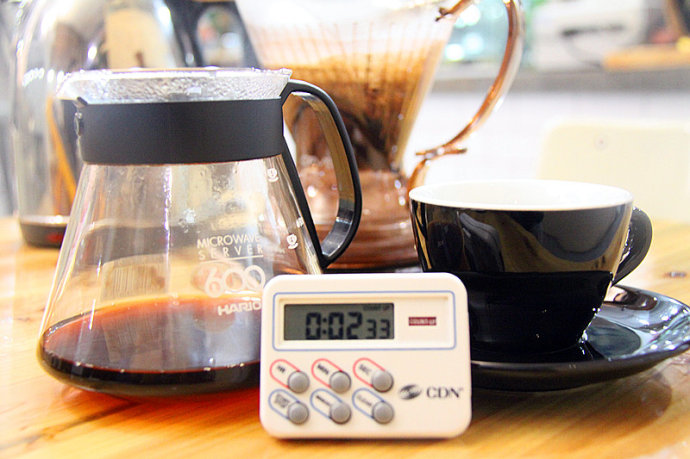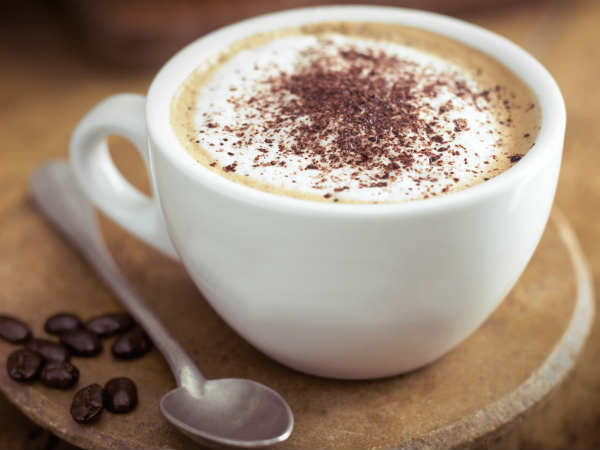Effects and side effects of caffeine
Follow the caf é (Wechat official account vdailycom) and found that Beautiful Cafe opened a small shop of its own.
Caffeine is an odorless, bitter crystal that is soluble in water and alcohol. It can directly affect the central nervous system and cardiovascular system, because there are great differences between people, so the response is also different. At present, many functional drinks are added with "caffeine", such as cola, tea and so on. Generally speaking, a small amount of caffeine can make you think clearly, reduce fatigue, concentrate more on work, and even beauty. If you eat too much, it will cause side effects such as dizziness and rapid heartbeat. It is recommended to drink 1 to 4 Huai coffee a day.
The main source of caffeine in the world is coffee beans (the seeds of coffee trees), which are also the raw materials of coffee. The caffeine content in coffee largely depends on the variety of coffee beans and the method of making coffee, and even the caffeine content of coffee beans in the same tree varies greatly. Generally speaking, the amount of caffeine in a cup of coffee ranges from 40 mg in espresso to 100 mg in espresso. Deep-roasted coffee generally contains less caffeine than light-roasted coffee because roasting reduces the amount of caffeine in coffee beans. Arabica coffee usually contains less caffeine than medium-fruit coffee. Coffee also contains trace amounts of theophylline, but not theobromine.

Tea is another important source of caffeine. The caffeine content of each cup of tea is generally only half that of each cup of coffee, depending on the intensity of tea production. Certain varieties of tea, such as black tea and oolong tea, contain more caffeine than other teas. Tea contains a small amount of theobromine and slightly higher theophylline than coffee. The making of tea has a great influence on tea, but the color of tea can hardly indicate the amount of caffeine. The caffeine content of Japanese green tea is much lower than that of many black teas, such as Masayama race tea, which contains little caffeine.
Chocolate made from cocoa powder also contains a small amount of caffeine. Chocolate is a weak stimulant, mainly due to theobromine and theophylline contained in it. A typical 28g milk chocolate has about the same caffeine content as decaffeinated coffee.
Caffeine is also a common ingredient in soft drinks, such as cola, which was originally made from cola fruit. A soft drink usually contains 10 to 50 milligrams of caffeine. Energy drinks, such as Red Bull, contain 80 milligrams of caffeine per bottle. The caffeine in these drinks comes from the original ingredients they use or the additives obtained from decaffeinated coffee, and some are chemically synthesized. Guanana, the basic ingredient of many energy drinks, contains a lot of caffeine and a small amount of theobromine. The naturally occurring sustained-release excipients contain a small amount of theophylline.
Caffeine is a xanthine alkaloid, a central nervous system stimulant that temporarily repels drowsiness and restores energy. Caffeinated coffee, tea, soft drinks and energy drinks sell very well, so caffeine is also the most commonly used psychotropic drug in the world. In North America, 90% of adults use caffeine every day. Many natural sources of caffeine also contain a variety of other xanthine alkaloids, including cardiotonic theophylline and theobromine, as well as other substances such as tannic acid.
Caffeine is an alkaloid extracted from tea and coffee fruit. Moderate use of caffeine can dispel fatigue and excitatory nerves. It is clinically used to treat neurasthenia and coma resuscitation. However, large doses or long-term use will also cause damage to the human body, especially it is also addictive, once discontinued, there will be mental fatigue, fatigue and other withdrawal symptoms, although its addiction is weak, withdrawal symptoms are not very serious.
However, when the drug dosage is increasing due to drug tolerance, caffeine can not only act on the cerebral cortex, but also directly stimulate the medulla oblongata, cause paroxysmal convulsions and bone tremors, and damage important internal organs such as liver, stomach and kidney. cause respiratory tract inflammation, women's breast adenoma and other diseases, and even lead to mental retardation and limb deformities of the next generation of users. Therefore, it is also included in the scope of psychotropic substances under state control. Caffeine abuse usually has two forms of smoking and injection, and its excitatory stimulation, side effects, symptoms and drug dependence are similar to those of amphetamine. China has cracked a number of cases in which drug traffickers at home and abroad colluded to smuggle caffeine out of the "Golden Triangle" area. At present, the legal production of caffeine in China is greater than the legal demand, and the situation of illegal channels is more serious.
Important Notice :
前街咖啡 FrontStreet Coffee has moved to new addredd:
FrontStreet Coffee Address: 315,Donghua East Road,GuangZhou
Tel:020 38364473
- Prev

Usage of Smart Cup
The principle of the smart cup is similar to that of the French pressure pot, and it looks very similar to the hand dripping filter cup. When you put it on the cup, the lower piston automatically opens and the coffee liquid drips into the cup. Following Cafe (Wechat official account vdailycom) found that Beautiful Cafe opened a small shop of its own. Its advantage is that it is relatively easy to operate, and it does not have higher requirements on water flow and time like hand-made pots.
- Next

How to drink ground coffee powder and share the experience of coffee grinding
Follow the caffeine review (Wechat official account vdailycom) found that the beautiful cafe opened a small shop to grind the coffee powder how to drink the coffee powder, put the coffee powder into the water and boil it for about a quarter of an hour, turn off the heat for a while, wait for the powder to precipitate and pour out the water to drink, if there is gauze, you can filter it with gauze, but after filtering with gauze, you still have to precipitate for a while and then pour out the water to drink, because the yarn
Related
- Beginners will see the "Coffee pull flower" guide!
- What is the difference between ice blog purified milk and ordinary milk coffee?
- Why is the Philippines the largest producer of crops in Liberia?
- For coffee extraction, should the fine powder be retained?
- How does extracted espresso fill pressed powder? How much strength does it take to press the powder?
- How to make jasmine cold extract coffee? Is the jasmine + latte good?
- Will this little toy really make the coffee taste better? How does Lily Drip affect coffee extraction?
- Will the action of slapping the filter cup also affect coffee extraction?
- What's the difference between powder-to-water ratio and powder-to-liquid ratio?
- What is the Ethiopian local species? What does it have to do with Heirloom native species?

